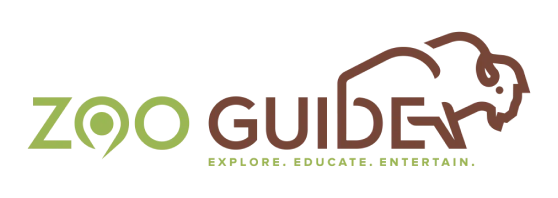- Overview of the prehensile-tailed porcupine and its biological characteristics
- Insights into the reproductive habits and parenting of porcupines
- Importance of monitoring animal health and growth in conservation efforts
- The significance of DNA testing for species identification and research
- The role of zoos in wildlife conservation and education
The prehensile-tailed porcupine, scientifically known as Coendou species, is a fascinating animal native to the tropical forests of South America. Characterized by their long, curling tails that they use to grasp branches as they navigate their arboreal habitats, these porcupines are members of the rodent family. Their distinctive quills, which serve as both defense mechanisms and identifiers, grow for a lifetime. When a porcupette is born—like the adorable baby born at the zoo on May 17—it starts life with soft, red hair. However, within a few weeks, it will develop the tough, protective quills that porcupines are famously known for. This adaptation is crucial for their survival in the wild, deterring potential predators.
The reproductive habits of prehensile-tailed porcupines are compelling. These animals are generally solitary and come together mainly for mating. After a gestation period of approximately 110 days, females give birth to a single offspring, sometimes two, known as a porcupette. In the case of the latest addition to the zoo, the baby weighed just 404 grams at birth, roughly equivalent to a loaf of sandwich bread. As the animal care team monitors the porcupette’s growth, it has already shown significant progress by nearly doubling in size. This rapid growth is vital, as juvenile porcupines must reach a certain weight and health status to thrive in their environments.
Parenting in porcupines is unique; mothers play a crucial role in the early stages of their young’s life. The connection between the mother and her porcupette is essential for nurturing. The baby porcupine bonds closely with its mother, seeking warmth and nourishment through nursing. It remains behind the scenes, allowing it time to acclimate and develop its instincts away from potential stressors. This bond is essential as it fosters the growth and development of vital skills the porcupette will need as it matures.
Monitoring the health and growth of zoo animals, including the new porcupette, is a fundamental aspect of wildlife management. Daily weigh-ins and health checks carried out by the animal care team are critical. By carefully tracking the weight and overall condition of the young porcupine, staff can ensure that it receives adequate nutrition and care. Regular assessments provide insight into the well-being of the animal, guiding necessary adjustments to its care plan.
A valuable tool employed in the zoo is DNA testing, specifically for determining the gender of species like the porcupette. Since porcupines can be challenging to sex visually at a young age, a quill DNA test provides an accurate method. This information not only helps in managing breeding programs but also contributes to broader scientific knowledge about porcupines. For example, understanding genetic diversity within species is crucial for conservation, as it aids in developing robust management strategies.
The role of modern zoos extends beyond mere entertainment; they are critical players in wildlife conservation and education. By showcasing animals like the prehensile-tailed porcupine, zoos aim to raise awareness about the threats these species face in the wild, such as habitat destruction and poaching. Educational programs inform visitors about the importance of preserving biodiversity and engaging in sustainable practices. Porcupines may seem like domestic critters, but their ecological roles are significant, aiding in forest regeneration through their feeding habits.
In summary, the arrival of a baby prehensile-tailed porcupine to the zoo not only adds joy to the community but also highlights the intricate biological and ecological elements that shape our understanding of wildlife. From their growth and development to the importance of conscientious care, each aspect reflects the larger picture of conservation. As the initial weeks unfold, staff eagerly await the results of the DNA test to not just reveal the gender but also carry on the tradition of naming this precious new life. This baby porcupette is a reminder of the delicate balance in nature and the ongoing responsibility of humans to protect these incredible species and their habitats.
*****
Source Description
We’re quilly excited to tell you all about the newest (and cutest) arrival at the Zoo – meet our adorable baby prehensile-tailed porcupine, called a porcupette! 🫶
Born in the early morning hours of May 17 to parents Piper and Quilliam, this little one weighed just 404 grams, about the size of a loaf of sandwich bread. 🥹
Baby porcupines are born with soft, red hair, although they immediately begin to grow their hard, protective quills. In just a few weeks, this little porcupette will be fully quilled! For now, the baby is bonding with mom and nursing behind the scenes. Our animal care team is weighing the tiny tot daily to monitor its growth, and it’s already nearly doubled in size!
A quill DNA test must be done in order to determine if our petite porcupine is male or female … so stay tuned for Piper’s little one’s gender reveal – and name – in the coming weeks! 🩵🩷

